
California’s losing companies worth a whopping $550 billion. Eleven major firms have left, saying the state’s too expensive and hard to deal with. Business Insider reports this is the largest corporate exit in U.S. history. And the trend isn’t slowing down, big names keep packing up and heading out.
Why Businesses Want Out

California now ranks 23rd in CNBC’s 2025 Top States for Business, reflecting a growing list of challenges. According to the California Chamber of Commerce, new climate disclosure laws are forcing companies earning over $1 billion to spend more than $1 million each year just on emissions reporting.
High taxes and strict rules continue to strain operations.
Texas Keeps Rolling Out the Welcome Mat

Texas is where most of California’s lost companies go, 54% of them, according to recent data. The state’s appeal comes from having no corporate or personal income tax, fewer regulations, and lower business costs overall. Cities like Austin are booming with new headquarters, earning nicknames like “Silicon Hills.” For many companies, Texas just makes more sense.
Here’s a look at 11 major companies that have already left California or announced plans to relocate, taking thousands of jobs and billions in market value with them.
#1: McKesson
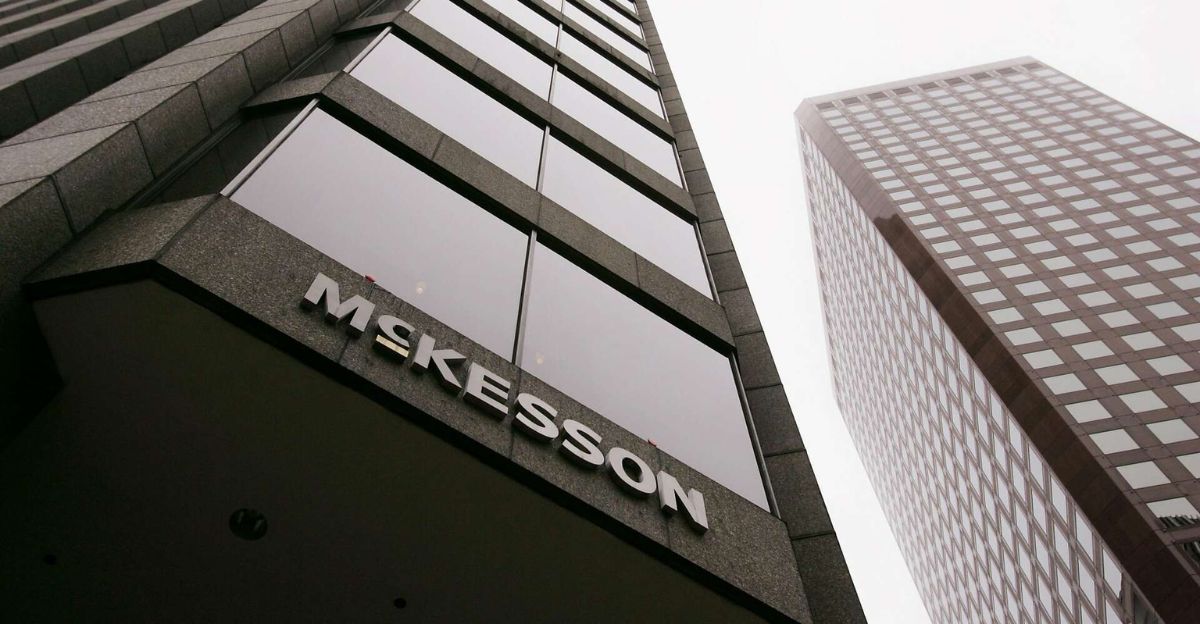
McKesson, a major pharmaceutical distributor, moved its headquarters from San Francisco to Irving, Texas in 2019. According to the company, the shift improved efficiency, teamwork, and cost savings. Around 1,600 jobs followed, marking a big blow to California’s pharmaceutical industry. More healthcare firms may follow McKesson’s path.
#2: Chevron

Chevron officially left its San Ramon headquarters for Houston in 2024, ending 145 years in California. The company pointed to strict policies and heavy regulations as key reasons for the move. According to Chevron, its Texas footprint now far outweighs what little remains in California. Energy firms are watching closely.
#3: Tesla

Tesla made the leap from California to Austin in late 2021. Elon Musk pointed to sky-high housing costs, regulatory headaches, and limits on growth in the Bay Area. Thousands now work at Tesla’s Austin Gigafactory. According to Musk, the move was about freedom to scale fast and build big.
#4: Oracle
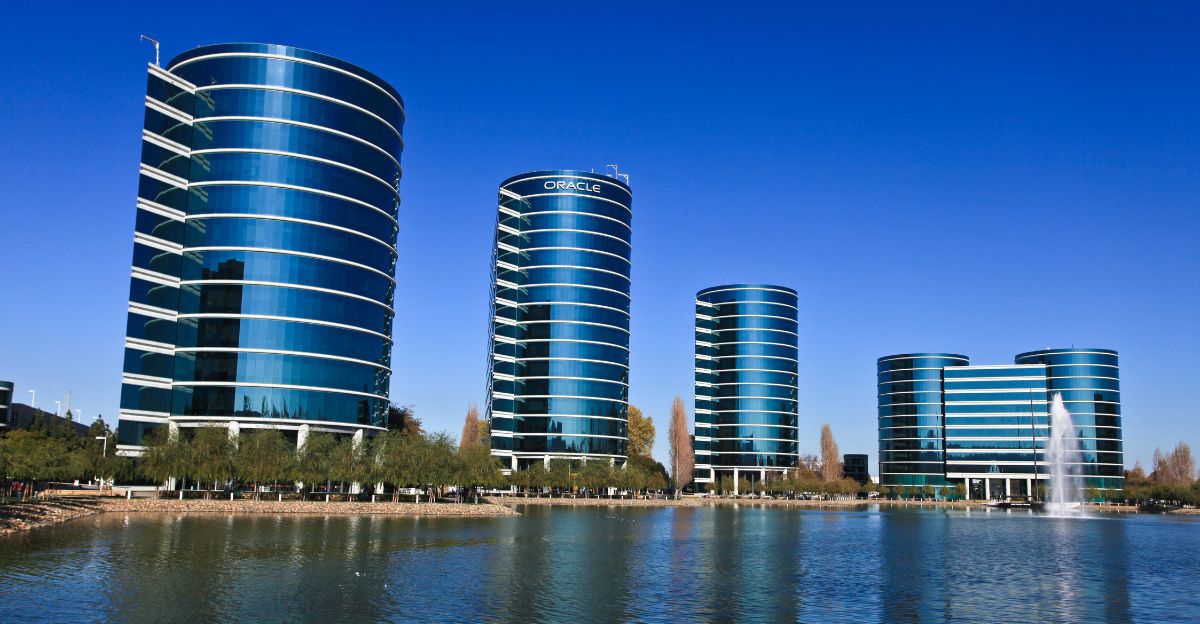
Oracle left Silicon Valley after more than four decades, moving from Redwood City to Austin in December 2020. The company said lower costs and flexible work arrangements drove the decision. According to Oracle, the move helped boost productivity. It also inspired more tech firms to rethink California as home base.
#5: Charles Schwab

Charles Schwab packed up from San Francisco and set up in Westlake, Texas in 2021. Its new 70-acre campus holds up to 7,000 workers. Founder Charles Schwab pointed to California’s high costs, saying Texas offers a better deal. The financial firm is now a major player in Texas’s economy.
#6: Hewlett Packard Enterprise
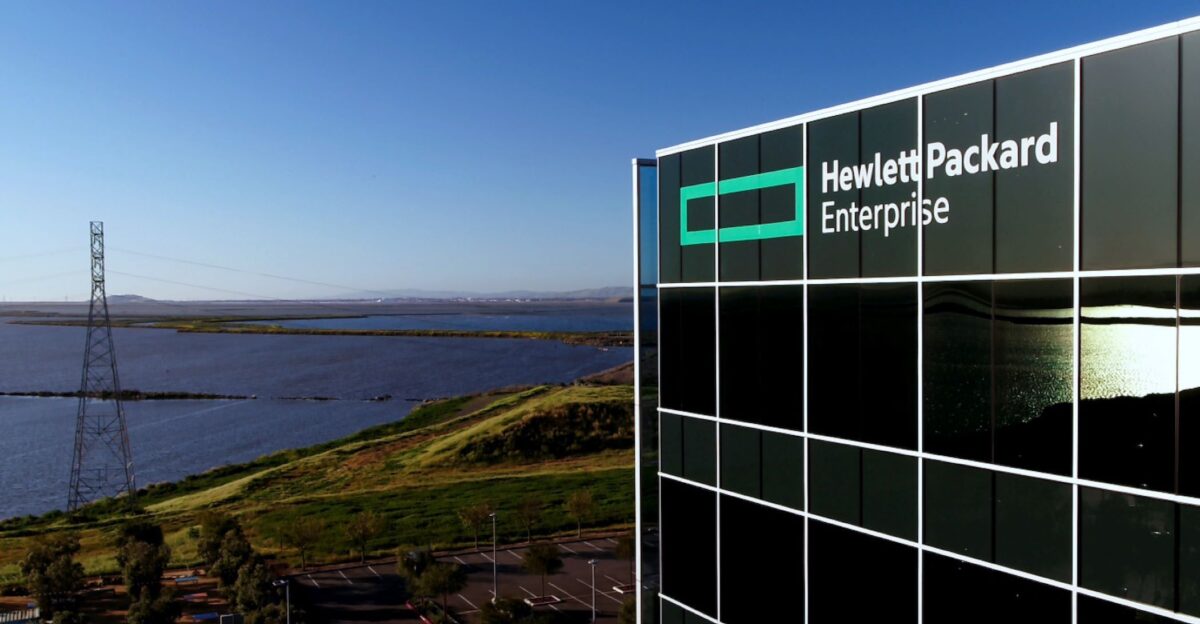
Hewlett Packard Enterprise left San Jose for Spring, Texas in 2020, officially opening its new HQ in 2022. CEO Antonio Neri praised Houston as a place to find talent and grow. The move brought thousands of jobs and showed how lower costs and stronger infrastructure continue to draw big names.
#7: Palantir

Palantir traded Palo Alto for Denver in August 2020. CEO Alex Karp said Silicon Valley had become too intolerant and one-sided. Colorado offered the diversity and business climate Palantir wanted. The company has since grown its Denver footprint and plans to expand even more in the coming years.
#8: CBRE
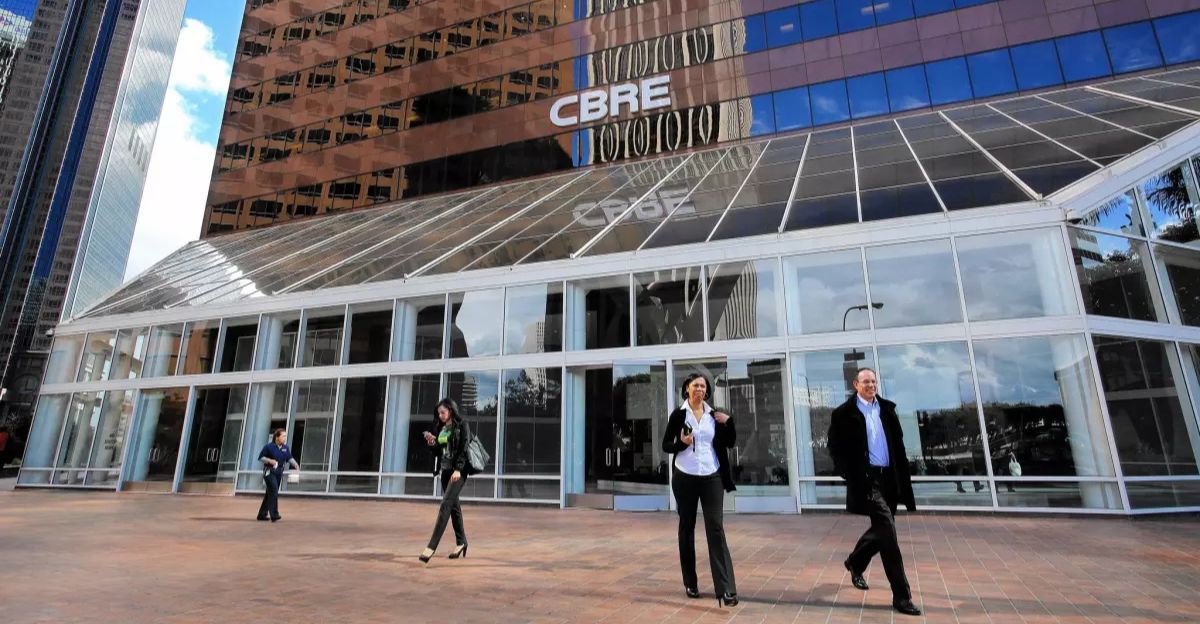
CBRE moved its global headquarters from Los Angeles to Dallas in 2020, landing in Uptown with views of Klyde Warren Park. The company cited Dallas’s deep talent pool and pro-business climate as key factors. The real estate giant’s relocation added another major Fortune 500 name to Texas’s growing list.
#9: AECOM

AECOM officially moved its headquarters from Los Angeles to Dallas on October 1, 2021. CEO Troy Rudd joined over 1,200 employees already in Texas. While California still has a strong presence, the company now operates alongside other engineering giants like Fluor and Jacobs, cementing Dallas as a hub for the industry.
#10: FICO

FICO quietly shifted its headquarters to Bozeman, Montana in 2016. Known for creating the credit score used by most lenders, the company praised Bozeman’s tech workforce, quality of life, and lower costs. FICO’s leadership has emphasized the advantages of operating in a smaller, business-friendly market.
#11: In-N-Out
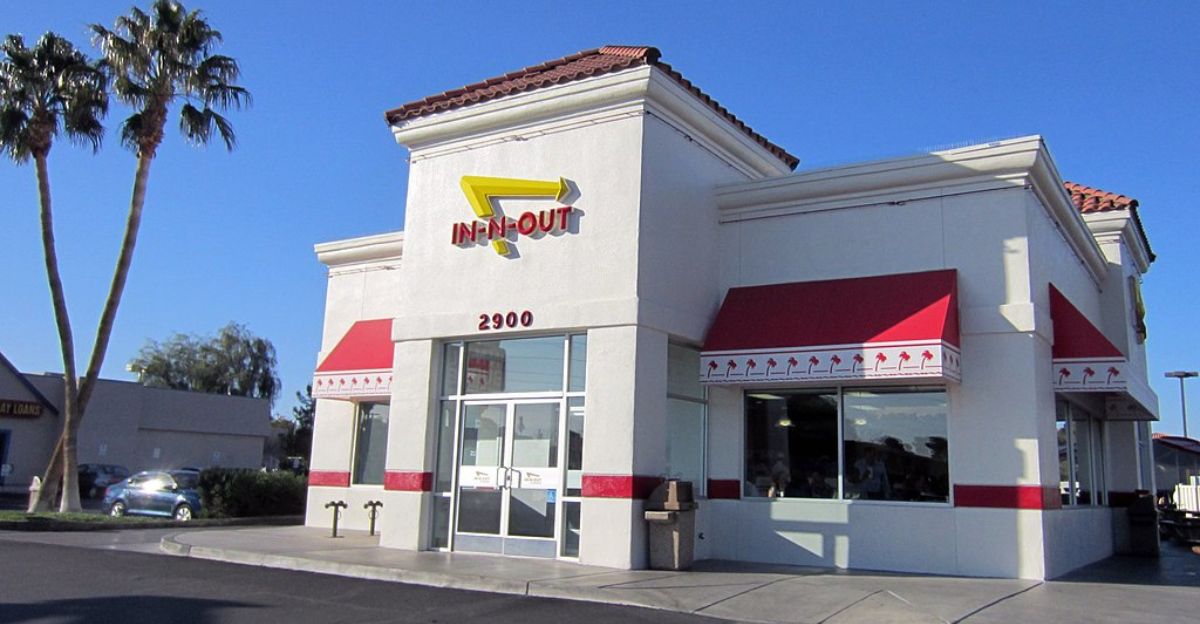
In-N-Out isn’t moving its California headquarters, but it’s heading east. In 2025, the company began building a new office in Franklin, Tennessee, with restaurants opening in 2026. Owner Lynsi Snyder said Tennessee offers a better environment for families and business. Still, the main HQ will stay in California.
The Bigger Picture

Since 2018, California has lost over 265 headquarters. By mid-2025, that number is expected to top 275. Meanwhile, Texas gained around 100, most landing in the Dallas area. While California still leads in total Fortune 500 HQs, the gap is shrinking as companies seek cheaper, friendlier places to grow.
California’s Debt Challenge

California’s total state and local government debt has topped $500 billion, according to the Reason Foundation. That gives the state a debt ratio of 106%, meaning it owes more than it earns each year. By contrast, Texas sits at 46.52% and Florida at 30.26%, creating major long-term concerns for businesses investing here.
Budget Pressures Mount

Governor Newsom announced a $12 billion deficit for fiscal year 2025–26, blaming trade policy, rising healthcare costs, and economic uncertainty. This comes on top of $27.3 billion in previous fixes. According to analysts, lawmakers continue relying on borrowing, fund shifts, and reserves, avoiding the structural reforms needed to fix recurring budget shortfalls.
Thriving Yet Struggling: The California Paradox

California’s economy hit $4.1 trillion in 2024, becoming the world’s fourth-largest, according to the International Monetary Fund and U.S. Bureau of Economic Analysis. Despite outpacing national growth (6% vs 5.3%), analysts point to deep-rooted challenges, like housing affordability and regulatory burdens, that continue fueling debate over the state’s long-term direction.
Silicon Valley Maintains Innovation Leadership

Silicon Valley remains a global innovation hub despite recent exits. In 2024, Bay Area startups secured $90 billion in venture capital, 57% of total U.S. investment. Giants like Apple, Google, and Meta still call California home. The region led AI investments as well, attracting 48% of venture capital in that sector.
Tax Structure Drives Business Decisions

California’s 8.84% corporate income tax and $800 minimum franchise fee contrast sharply with Texas, which levies no personal or corporate income tax. While Texas does apply a gross receipts tax, its overall structure remains more business-friendly. This tax gap continues to influence corporate decisions to relocate, according to multiple case studies.
The Power Shift Is Real

According to Business Insider, California has lost over 265 corporate headquarters since 2018, with Fortune 500 firms under growing pressure to follow. Texas is gaining at nearly 10 times California’s pace. With every exit, the economic center of gravity shifts. California’s struggles feel more structural, while Texas positions itself as the next economic powerhouse in a long-term reshaping of American business.